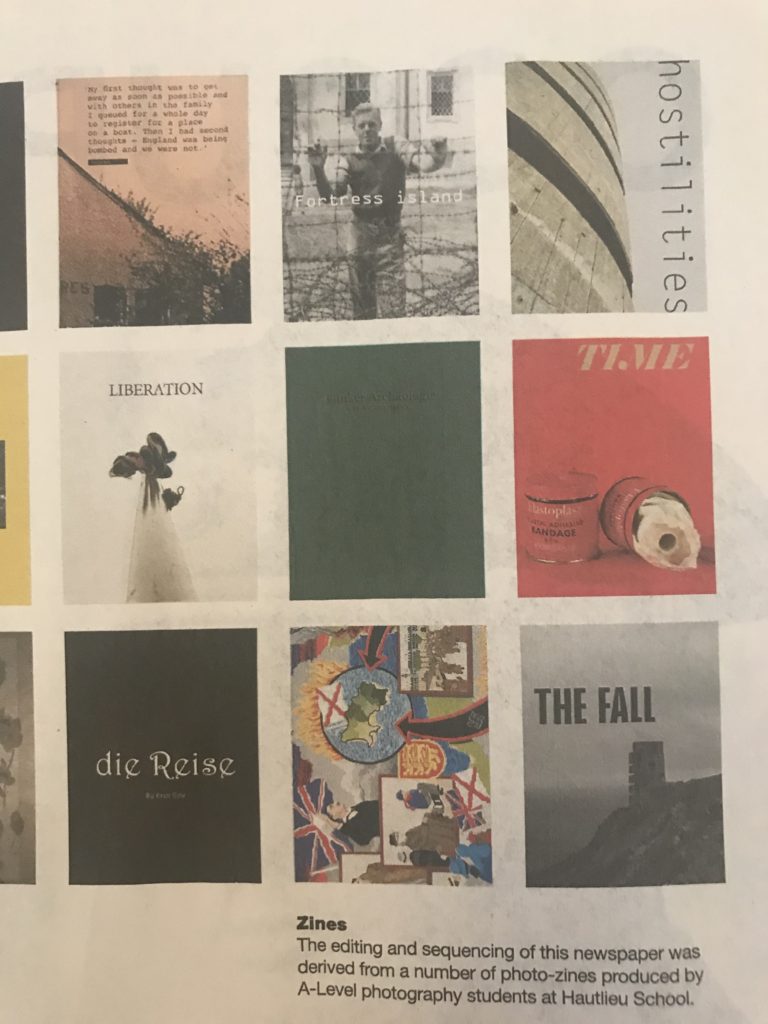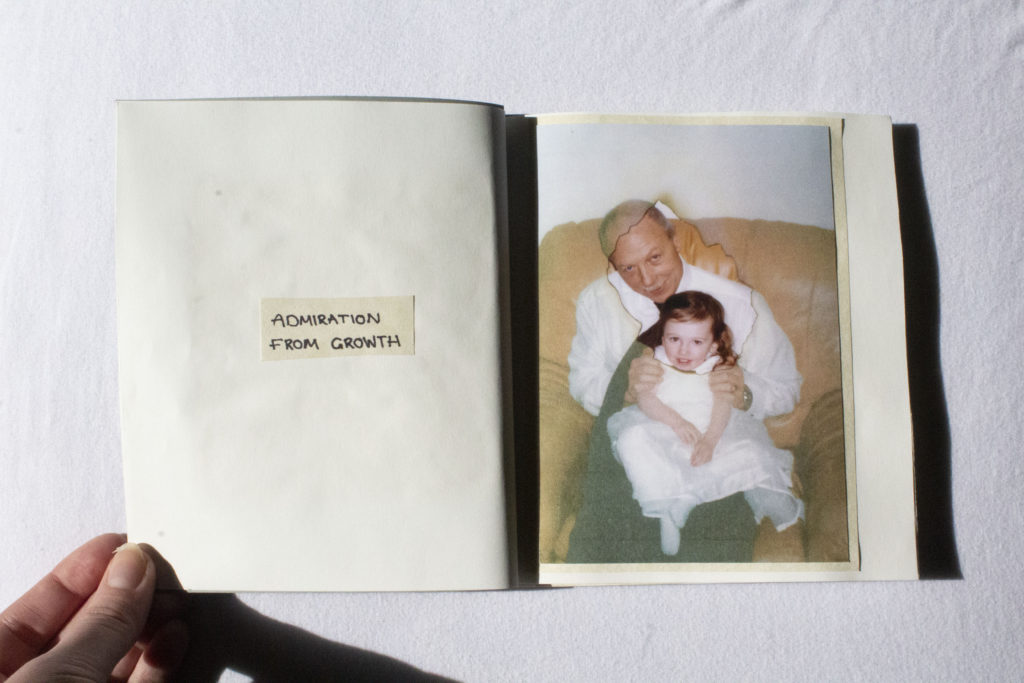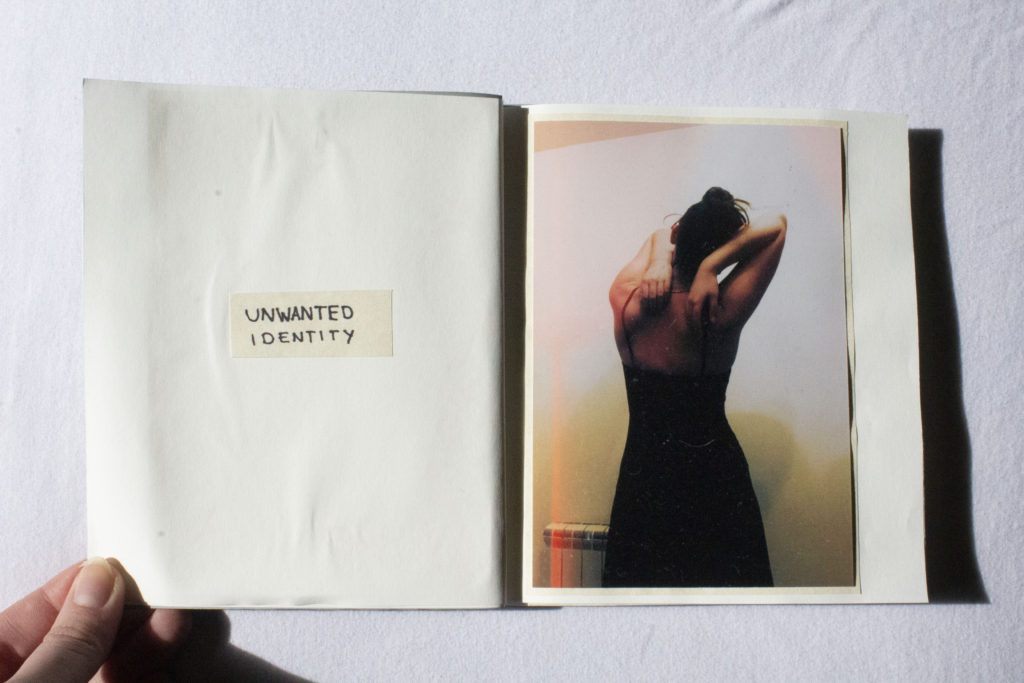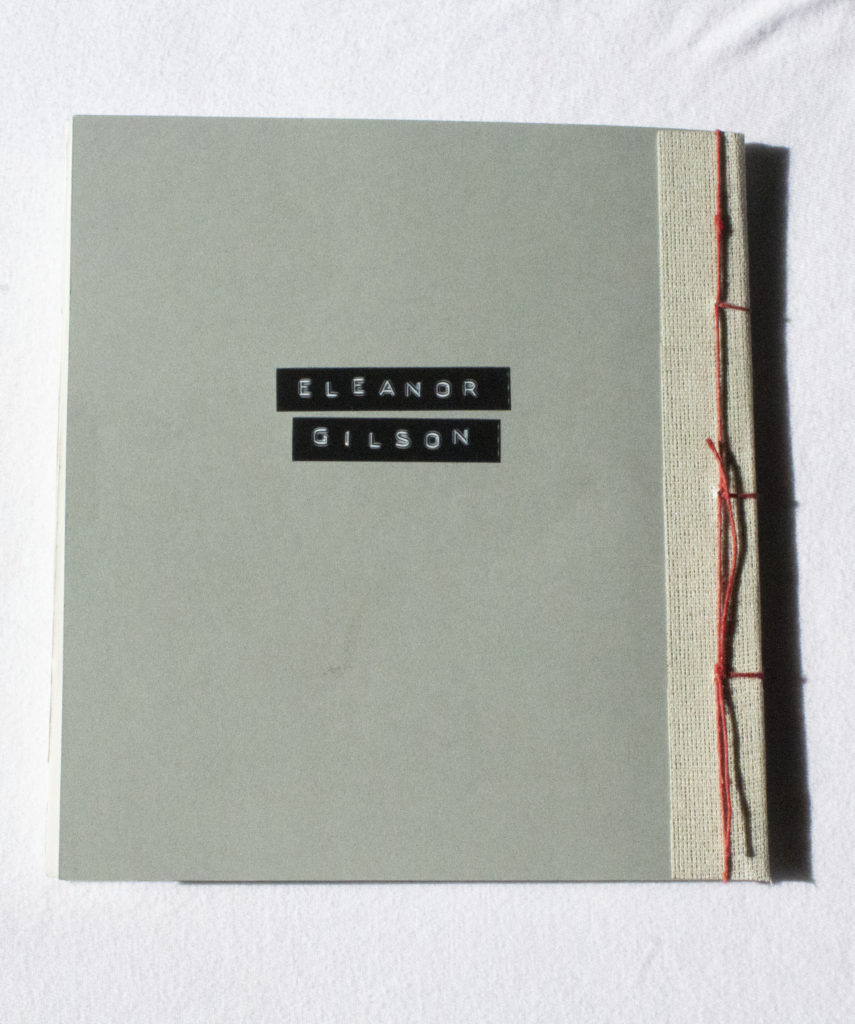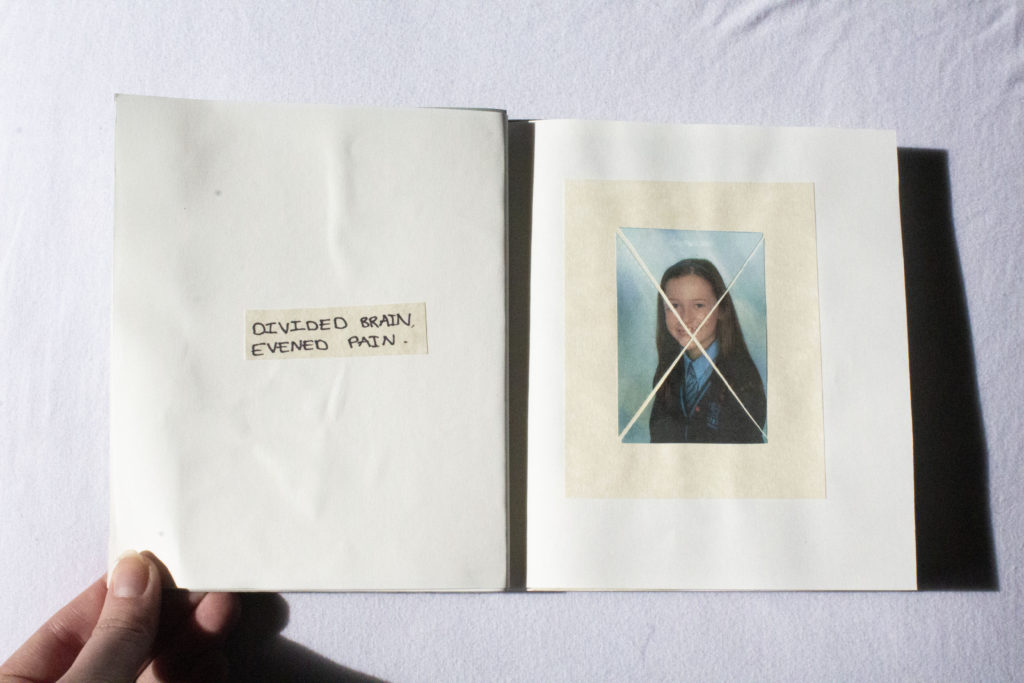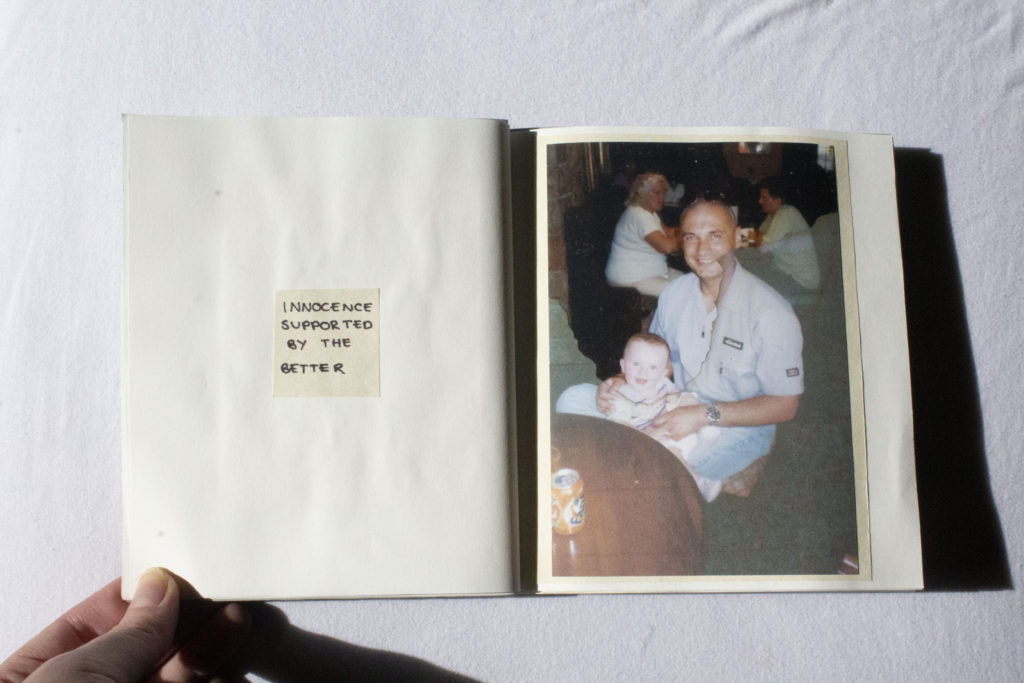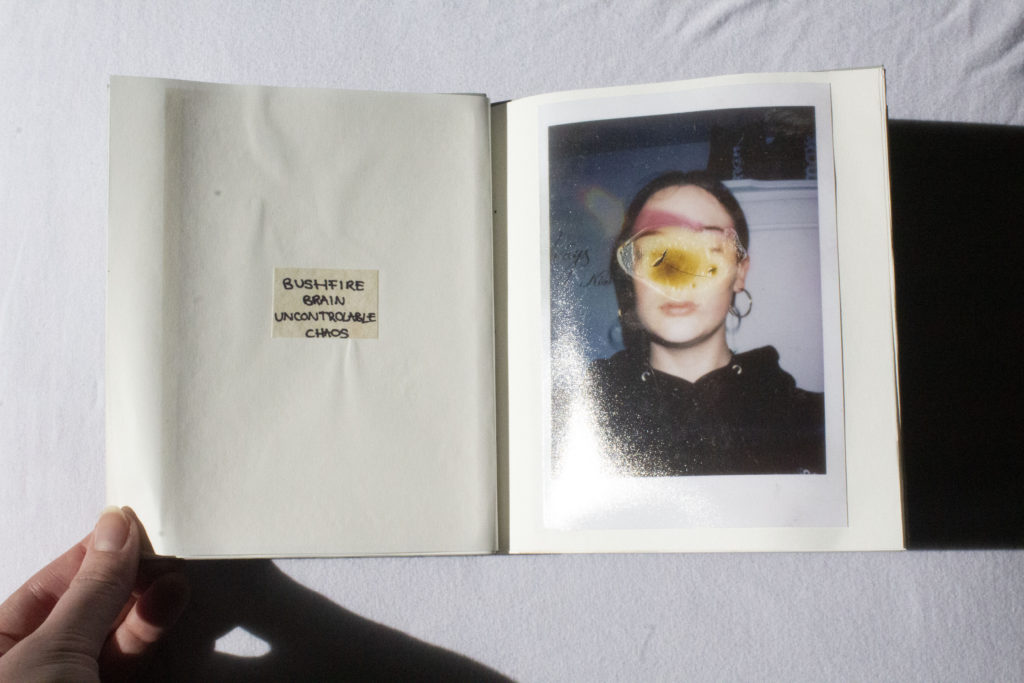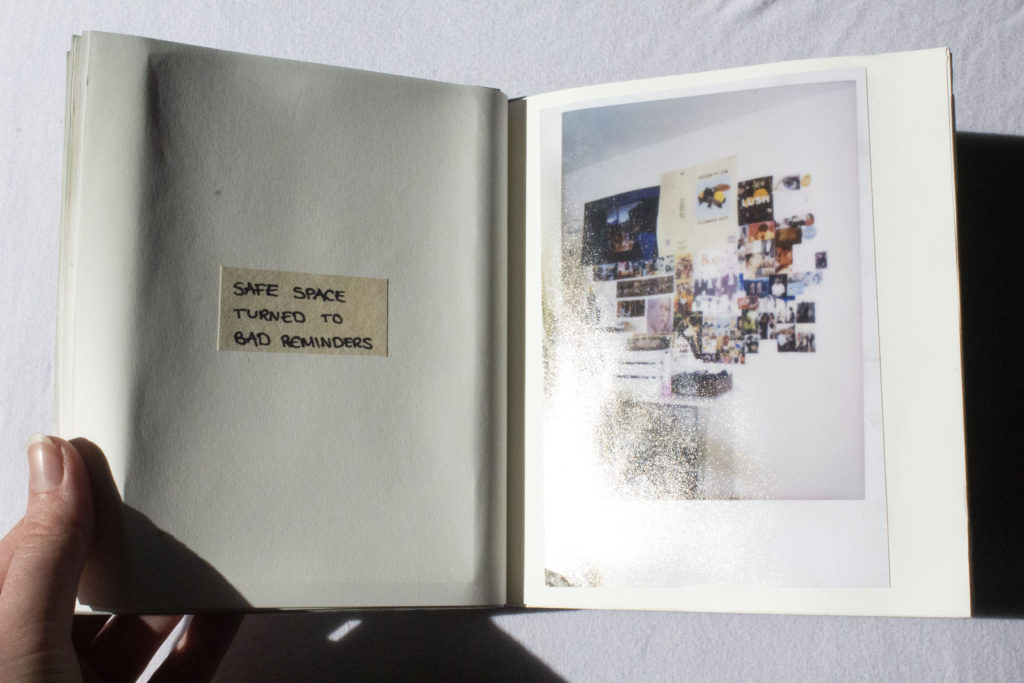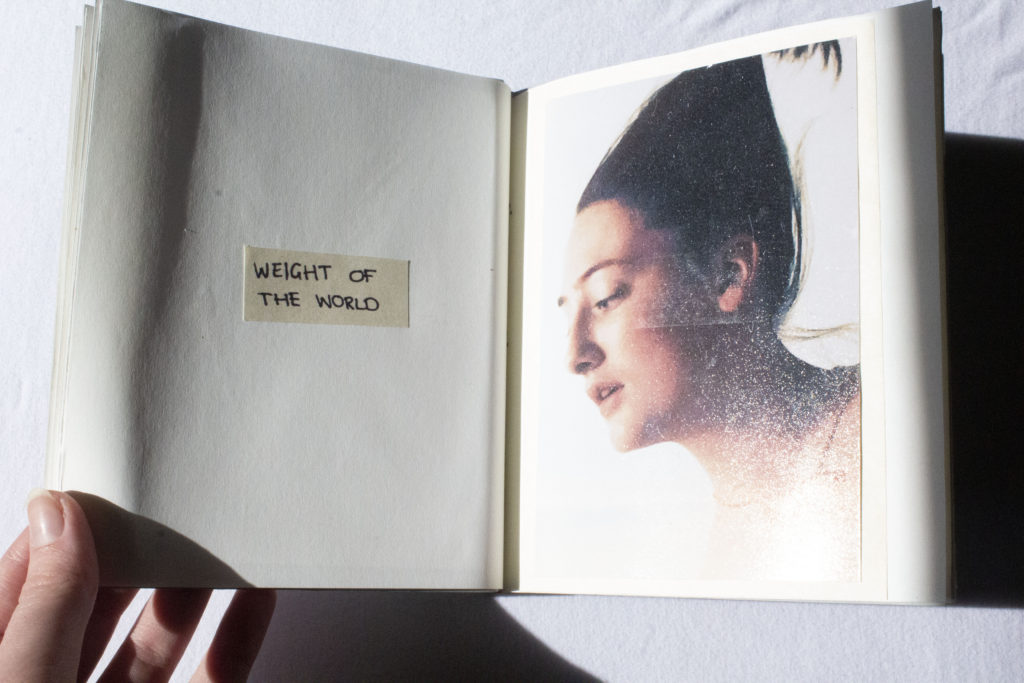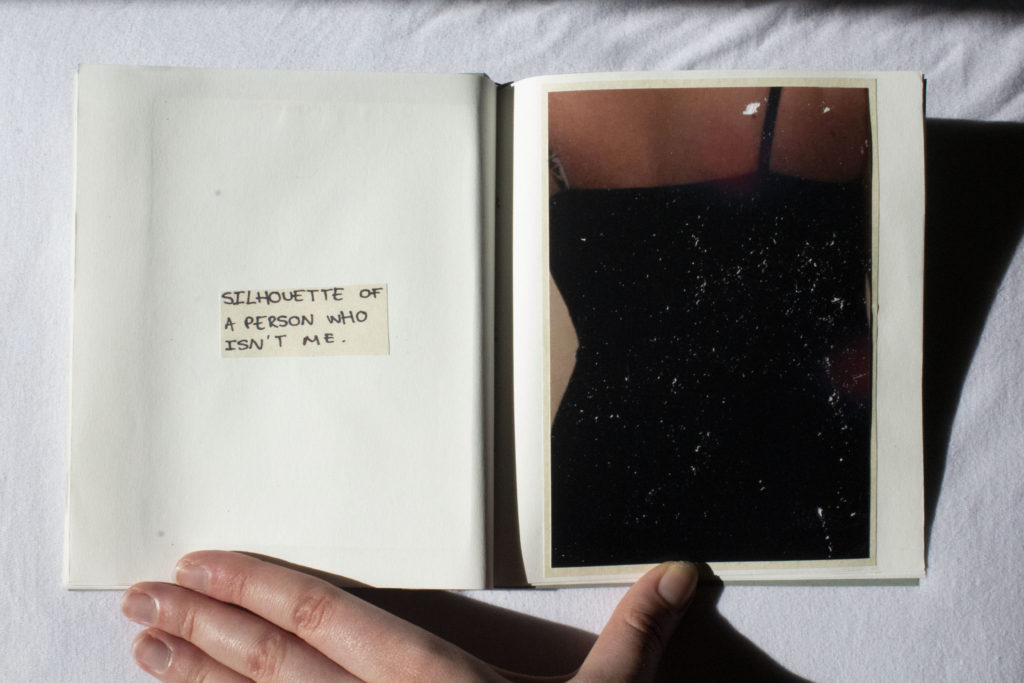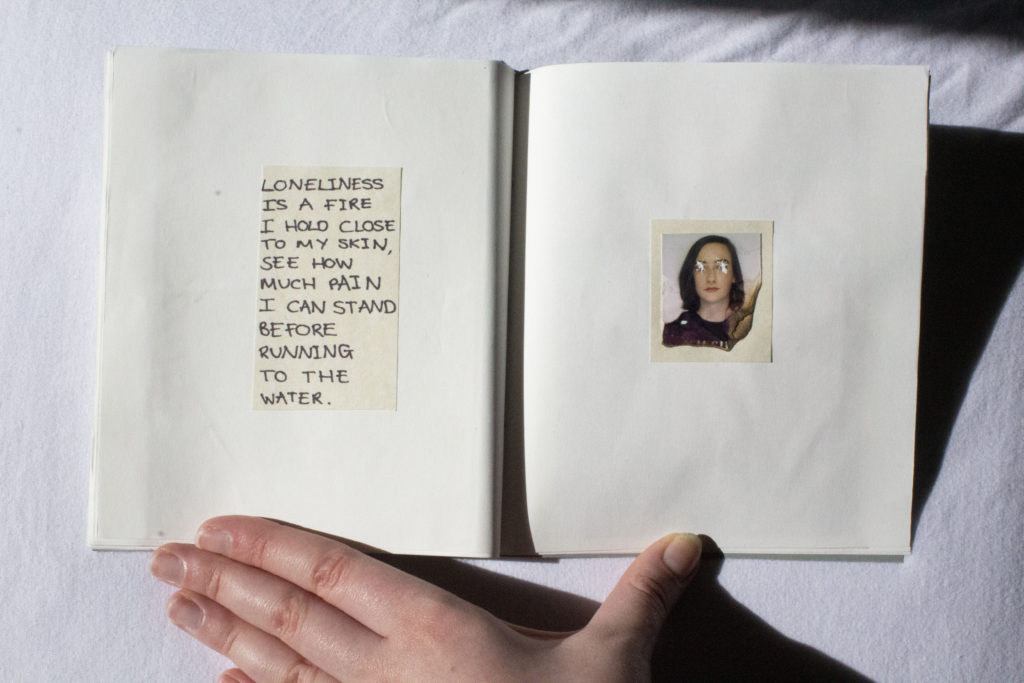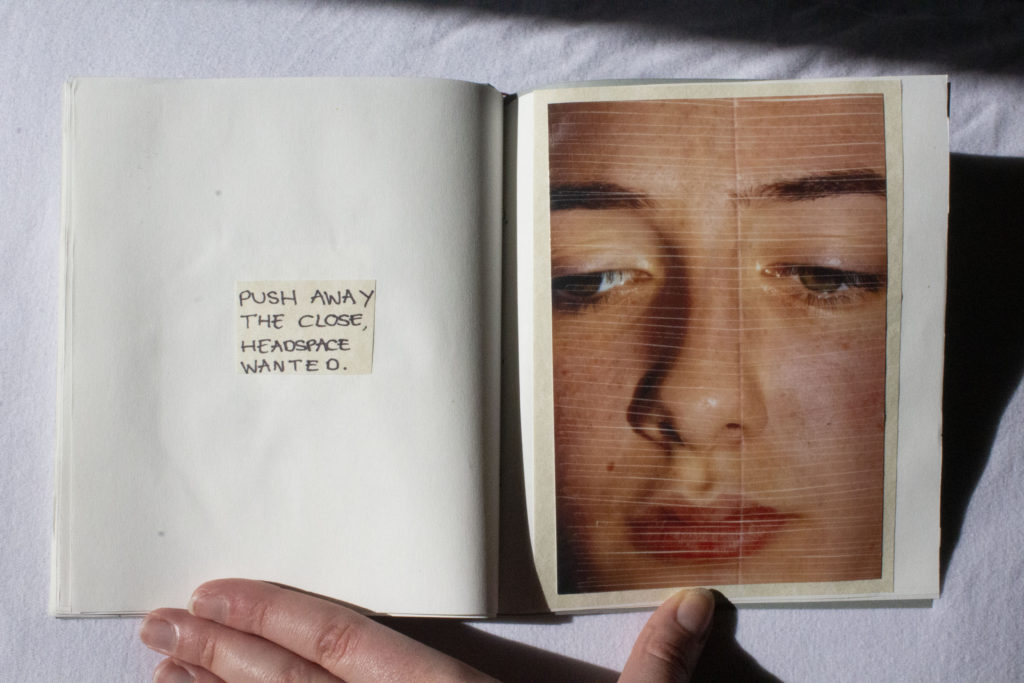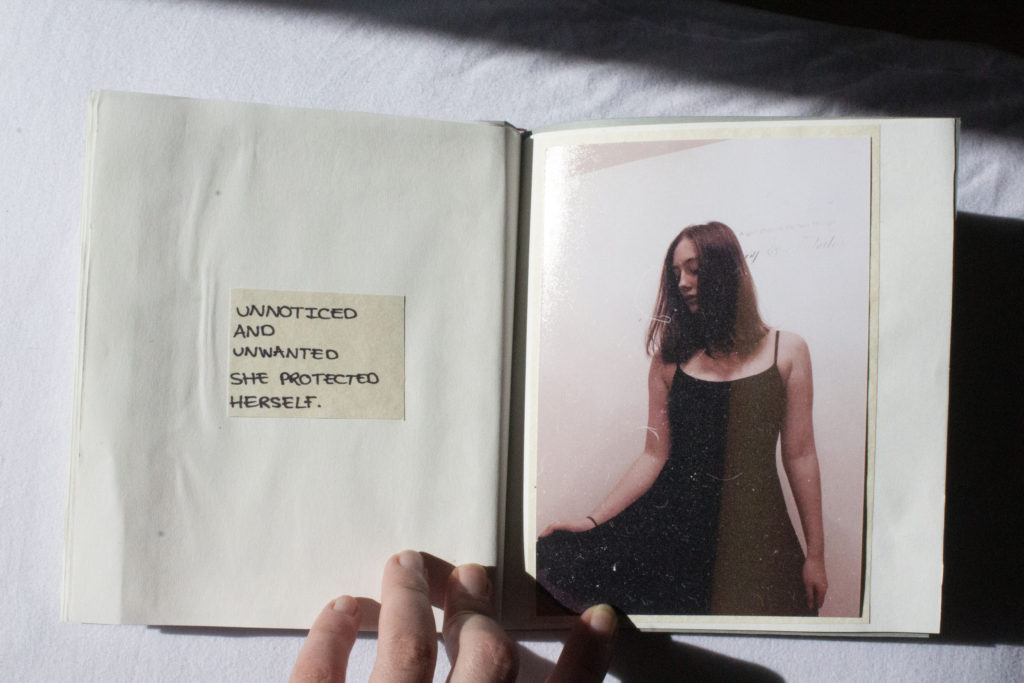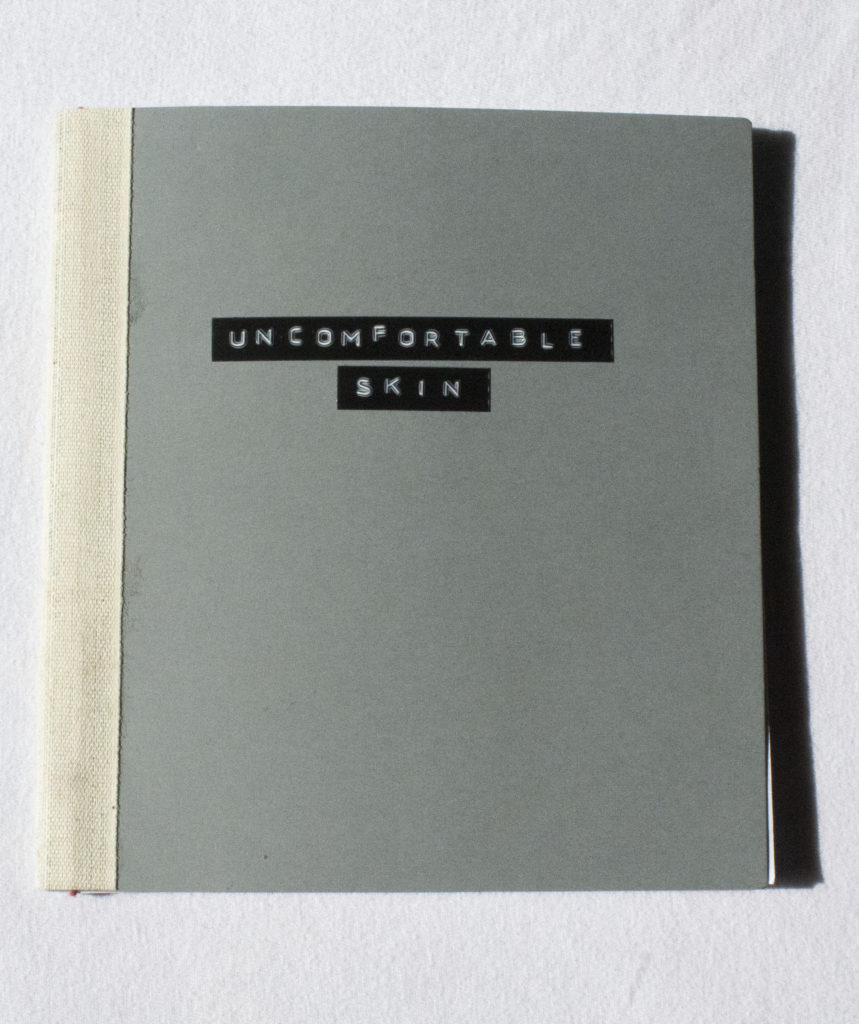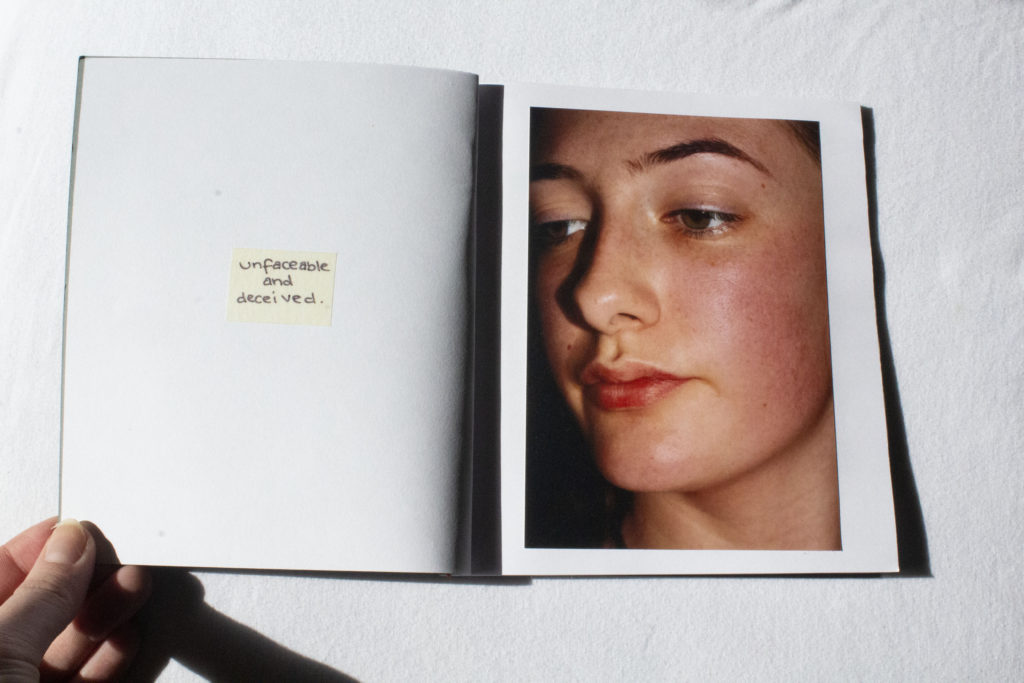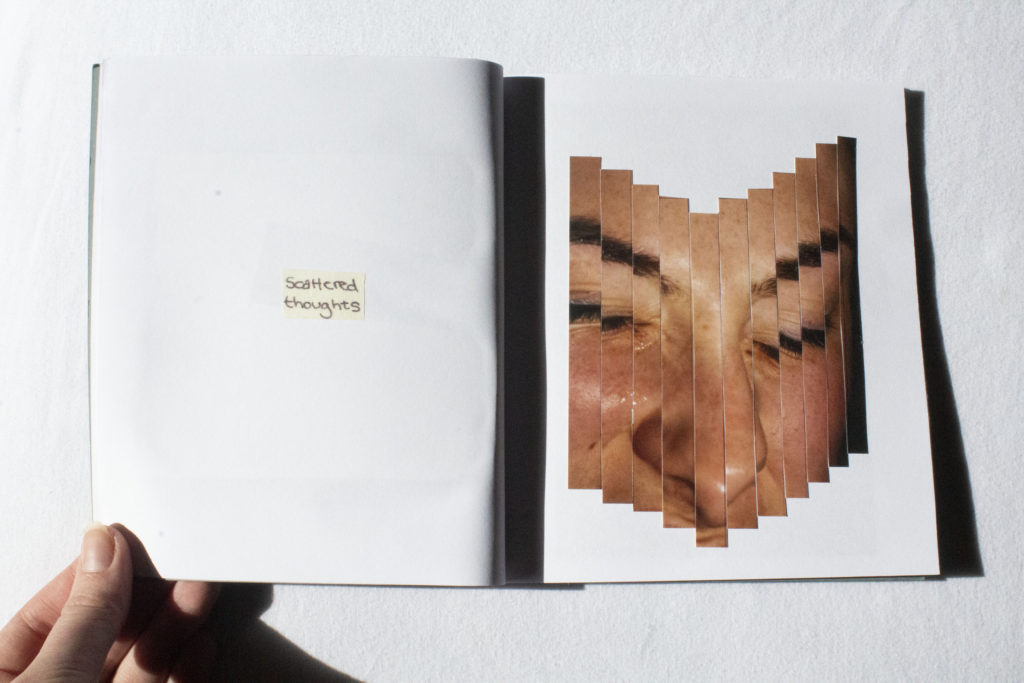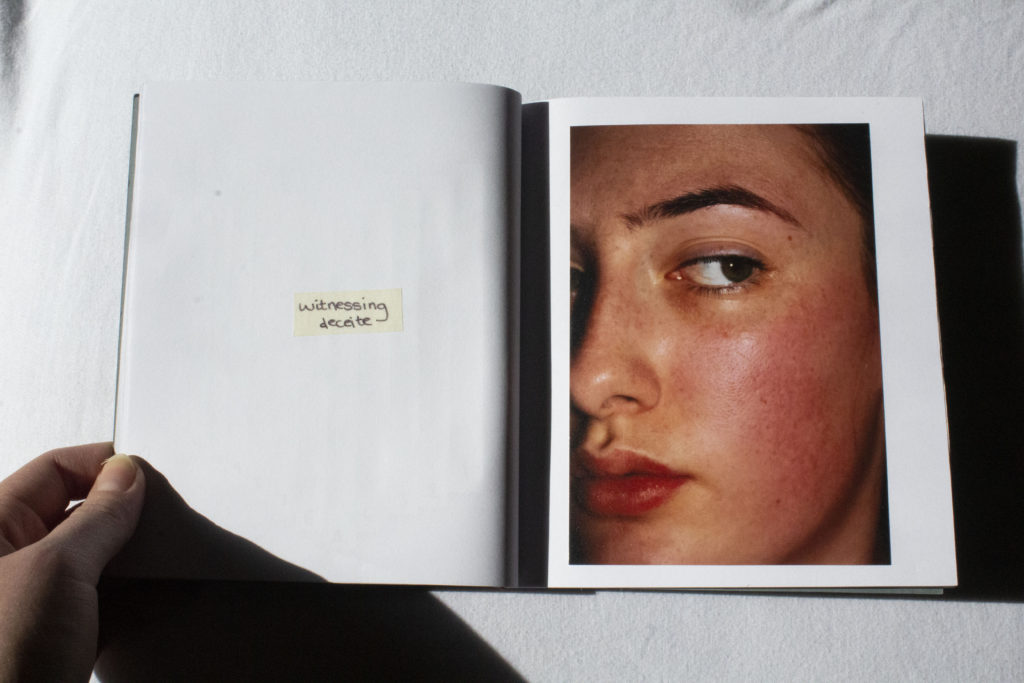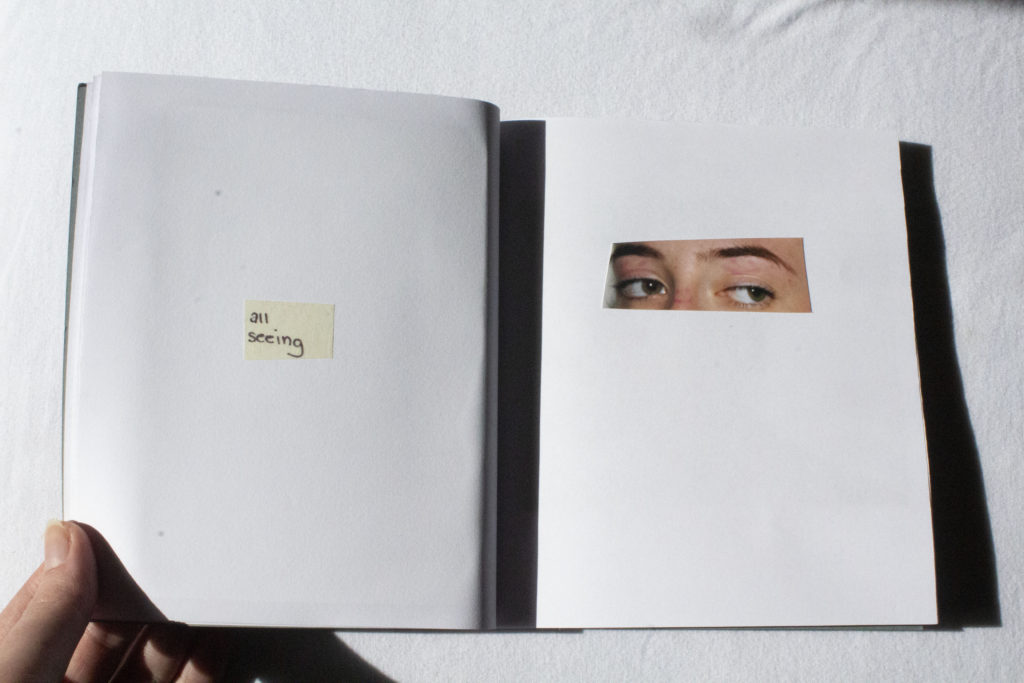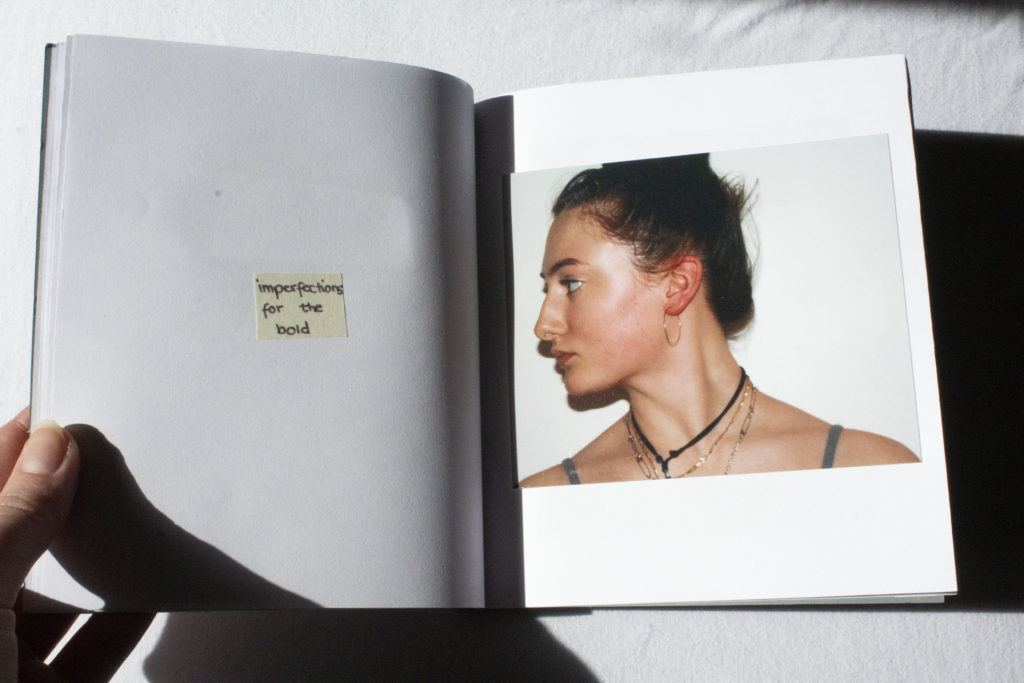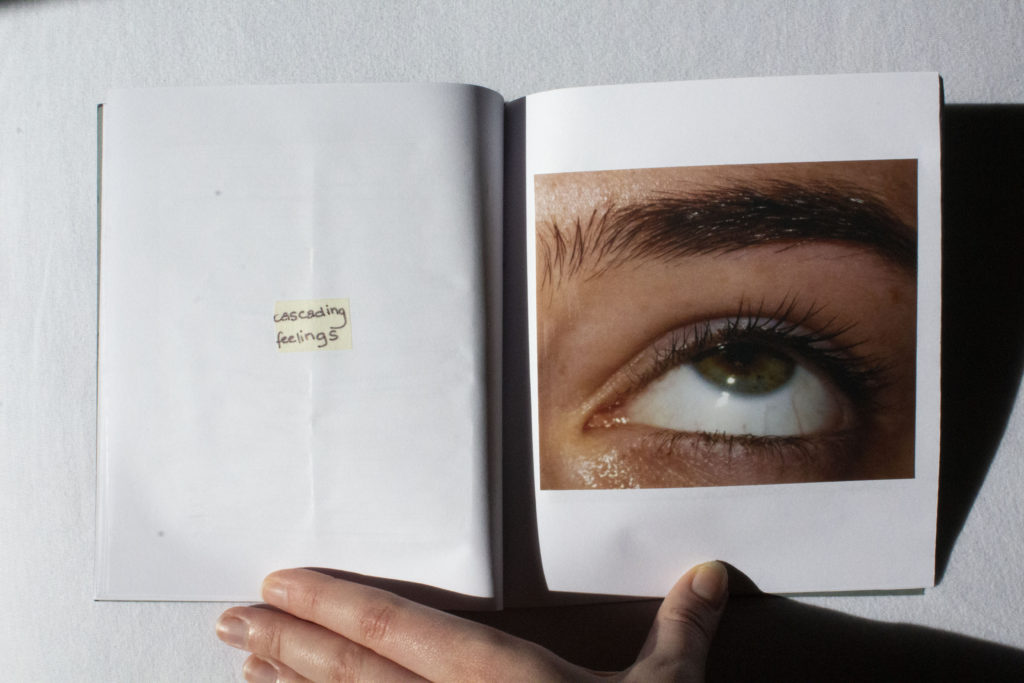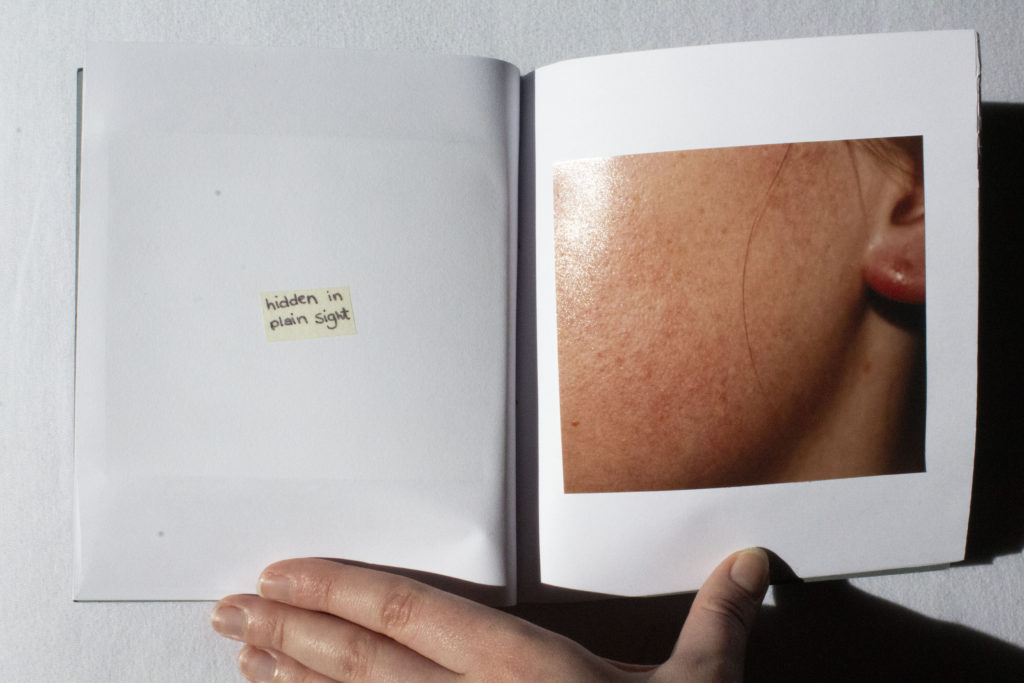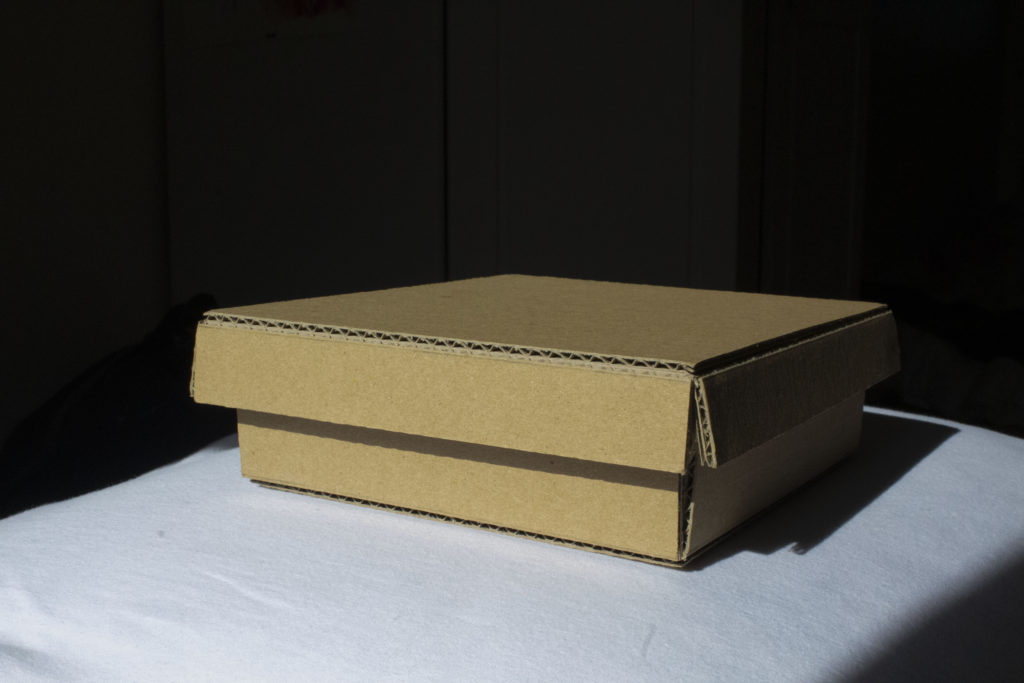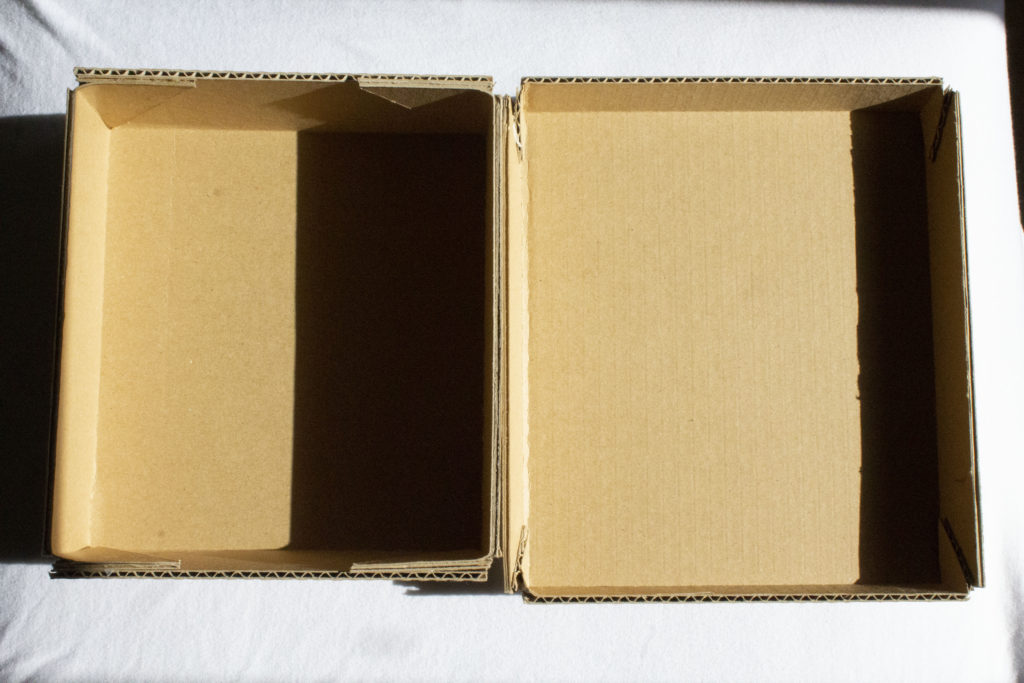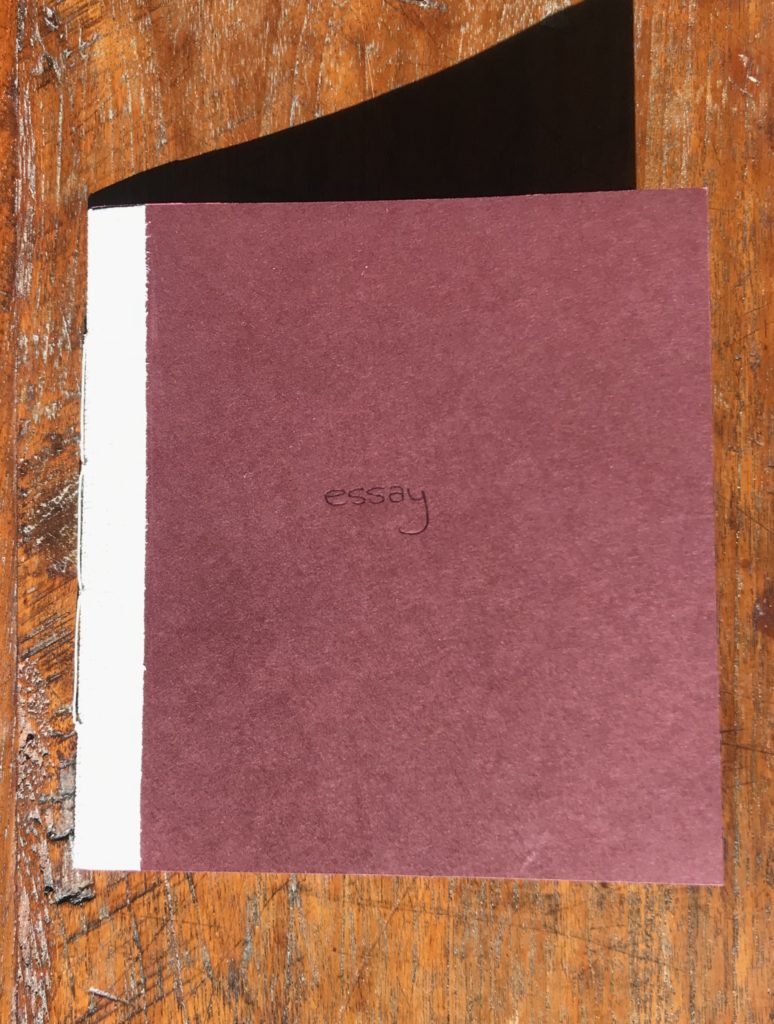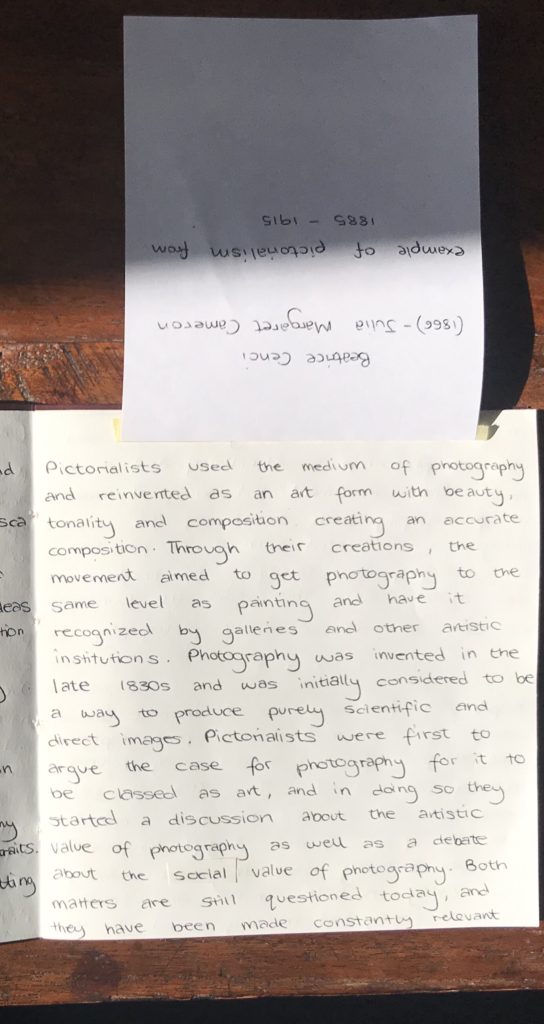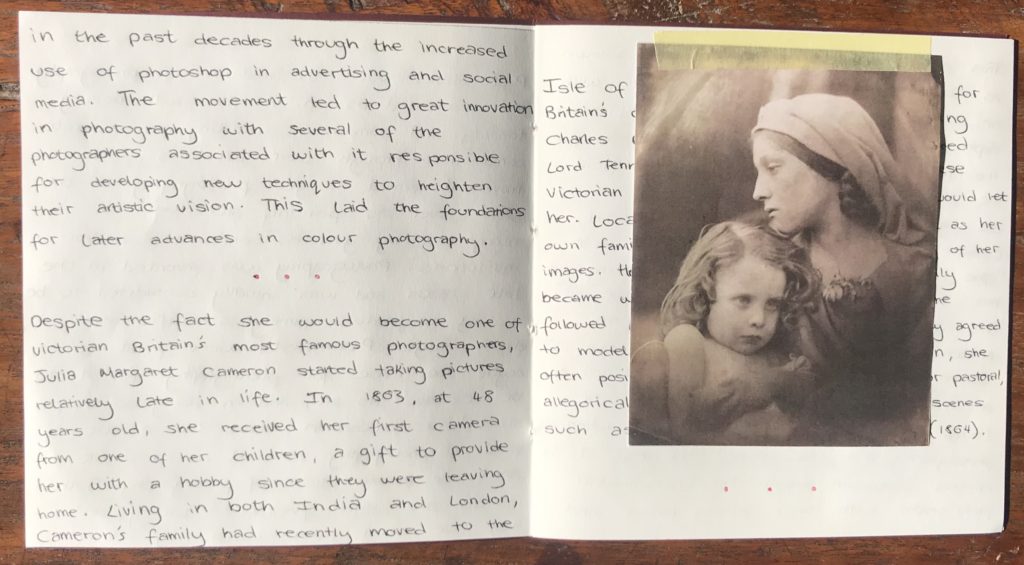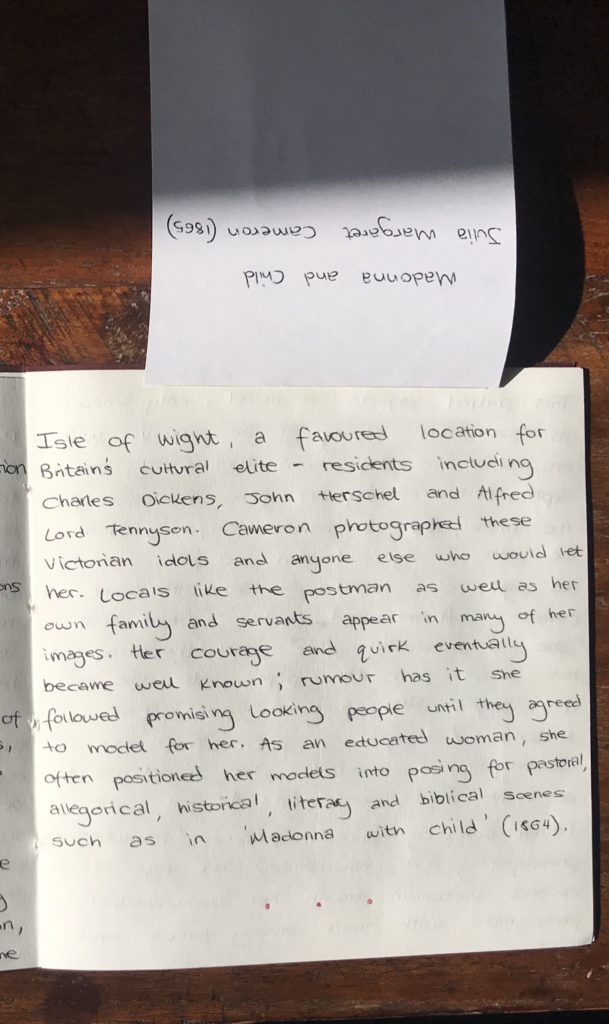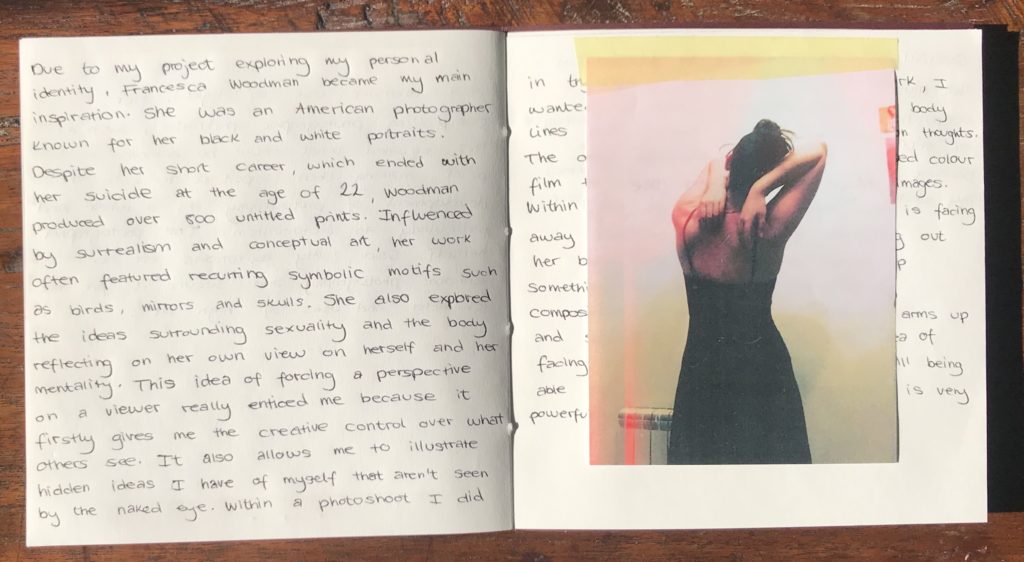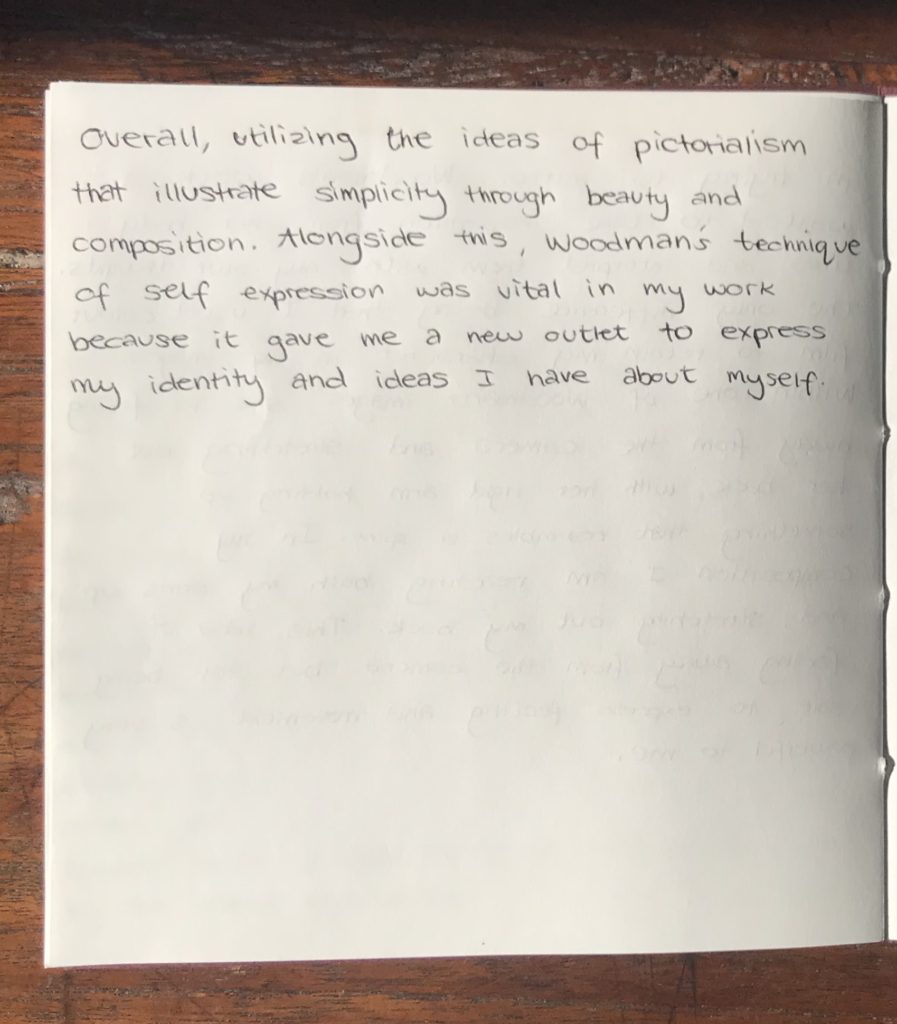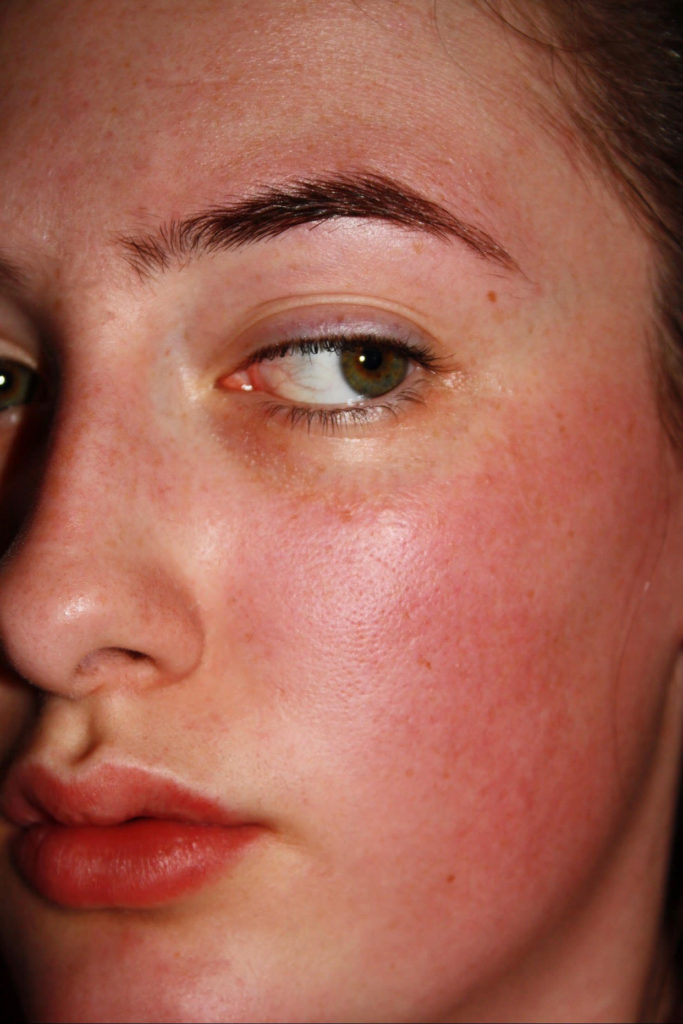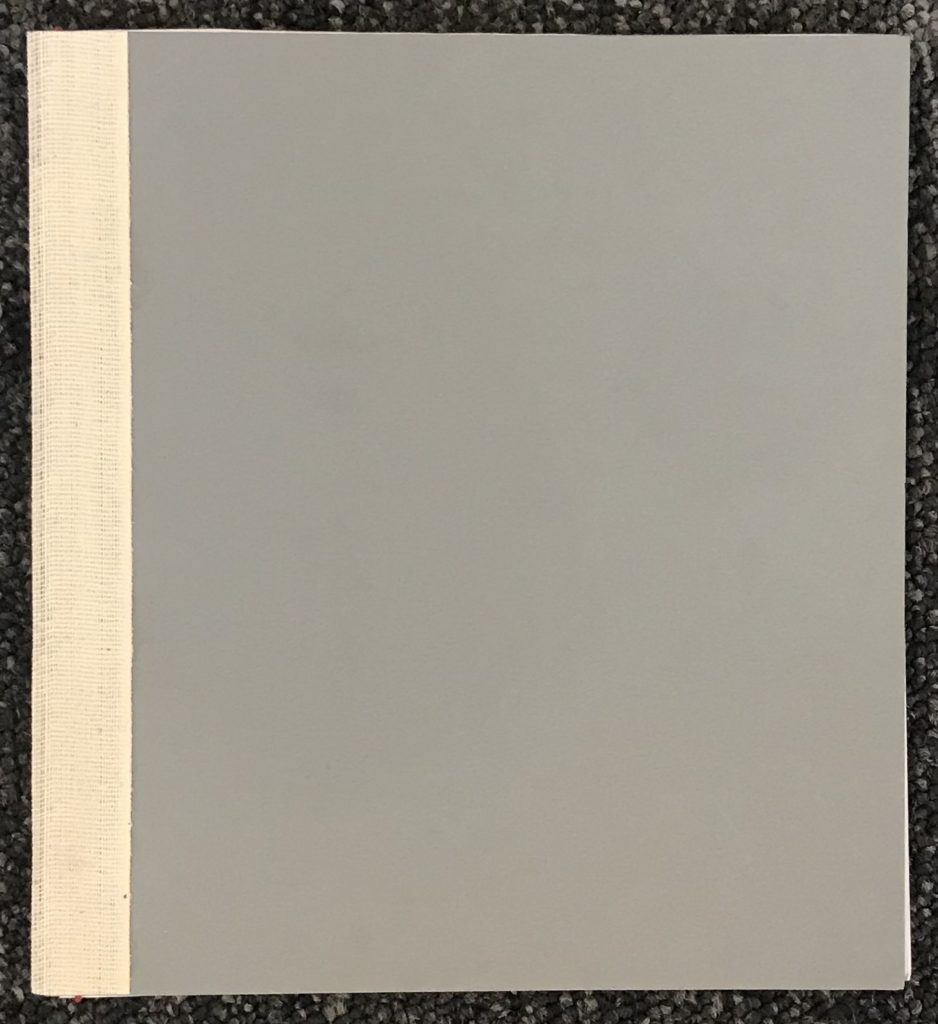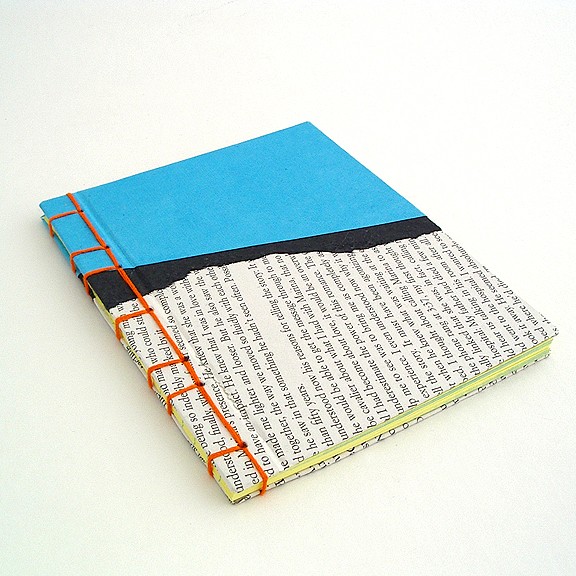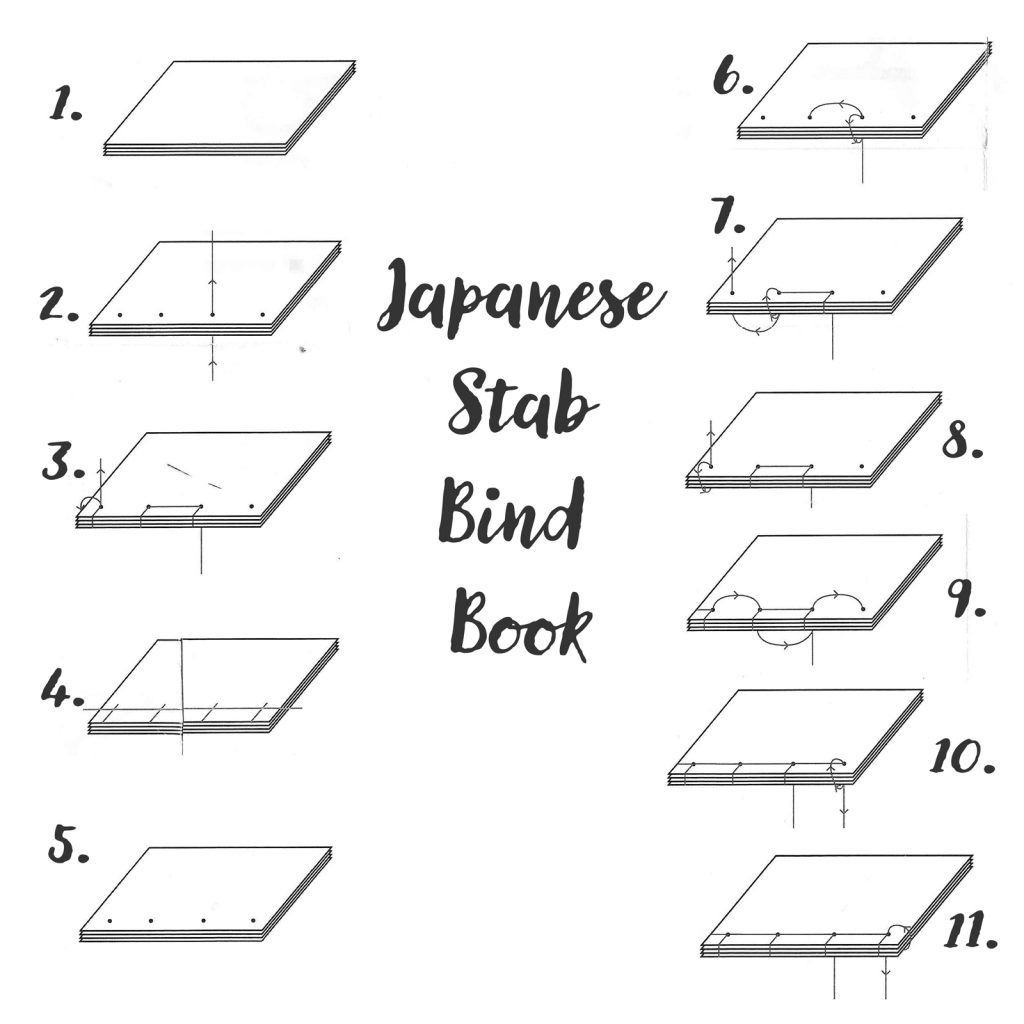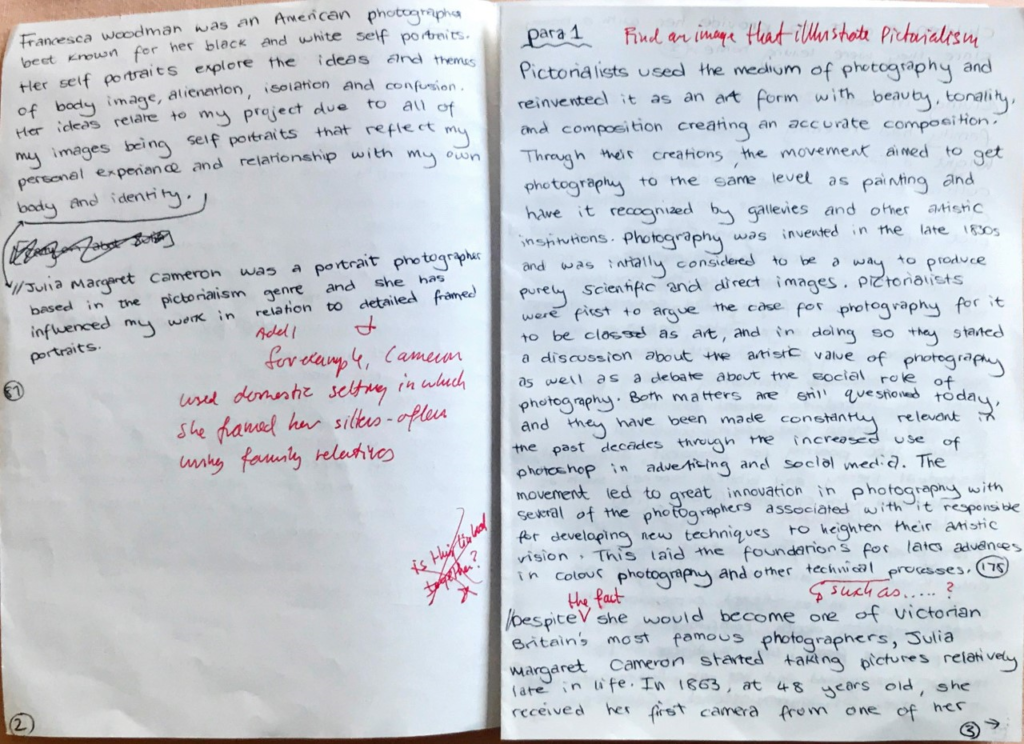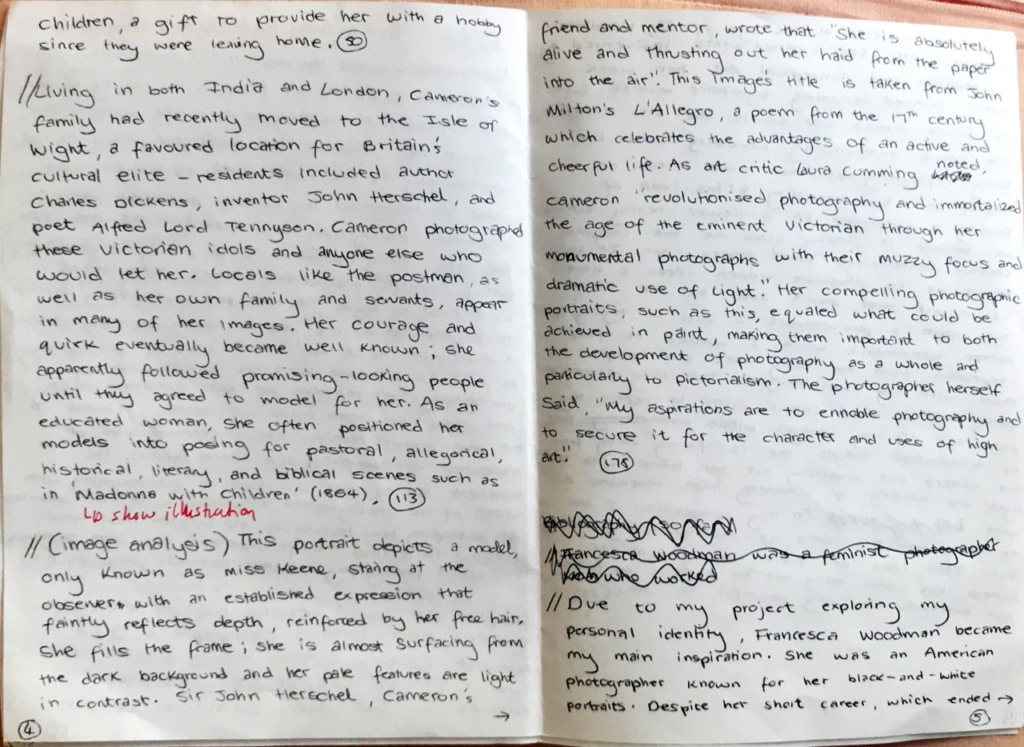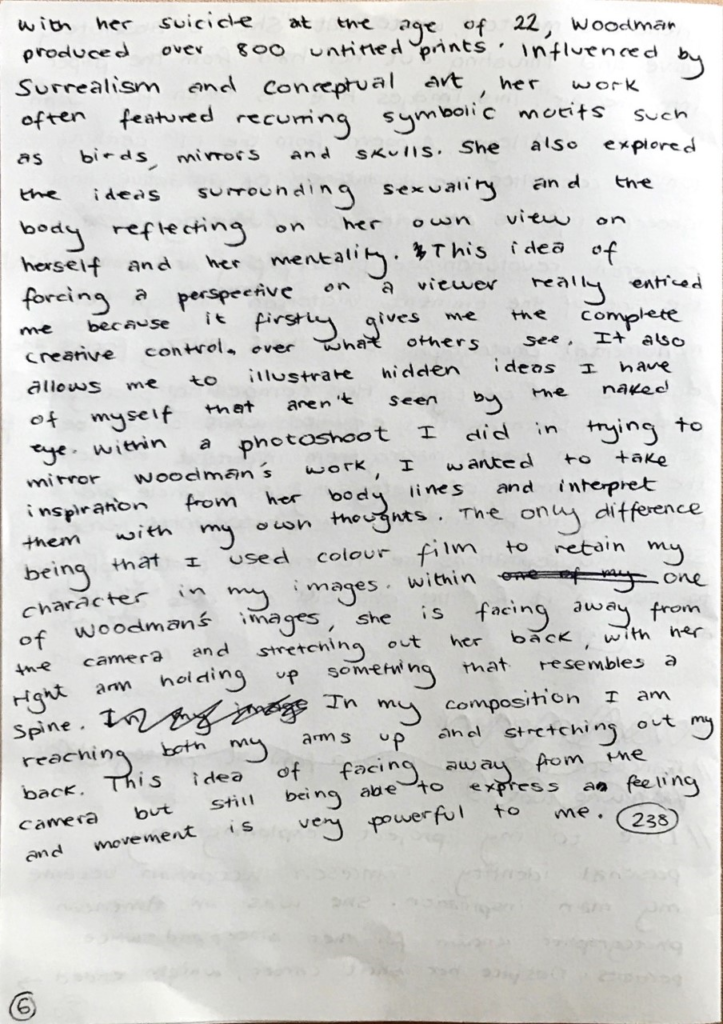Since the summer of 2019 our photography classes have been working on an extensive programme of study in our final year exploring Jersey’s Liberation and Occupation history in collaboration with Société Jersiaise, Jersey Heritage, Channel Island Occupation Society, Jersey War Tunnels, Bureau des Îles Anglo-Normandes and post-graduate students from École Européenne Supérieure d’art de Bretagne in Rennes with funding from Liberation 75. We were challenged with responding to personal stories told by islanders experiencing the German Occupation first-hand and finding inspiration by looking through images, documents and objects held in various collections in Jersey’s public archives, producing a series of individual creative outcomes such as montages, photo-zines and collectively construct a visual narrative presented as a newspaper supplement printed and distributed by Jersey Evening Post on Friday 24 April. The programme of study began on the 4 June at the Société Jersiaise Photographic Archive where we took inspiration from a presentation by Patrick Cahill, Photo-Archivist and looked through some of the historical collections held in the photo-archive pertaining to the German Occupation of Jersey in 1940-45. In September we explored the landscape of German fortifications around the coastline of Jersey with specific visits to bunkers, such as Battery Moltke at Les Landes and Battery Lothringen at Noirmoint Point. Further visits followed to Jersey War Tunnels and Jersey Archive to research public records and learn more about life in the island during the Occupation. Personal stories and memories from islanders, Bob Le Seur, Hedley Hinault, Joyce De La Haye and Joan Tapley, experiencing the German Occupation first-hand were recounted to us in a series of workshops, that included portrait sessions in the studio and photographing objects from 1940-45 held in the Occupation collection at Jersey Heritage. As a collective we have interpreted how the themes of Liberation and Occupation relates to us as teenagers growing up in the 21st century and the combined outcome of our studies can be seen on the pages of this newspaper, and in a joint exhibition Bunker Archaeology 2020 with postgraduate students from École Européenne Supérieure d’art de Bretagne (EESAB) originally to be held at the Berni Gallery, Jersey Arts Centre 6 -30 May 2020, now postponed due to Covid-19.The Bailiff Timothy Le Cocq, who has written a foreword in the newspaper expressed his delight with how this collaboration has played a wider role in cultural diplomacy by; ‘allowing Rennes-based Masters students to work with students from Hautlieu on a project that has helped to spread the message of our important history, shared heritage and bringing communities closer together.’

Alongside the newspaper, me and another student alongside Mr Toft were interviewed on two local radio stations about this years Liberation celebrations and how our newspaper was playing a big part in that celebration. Being both on the radio and in the newspaper has given a new platform for students’ work and has been highly commended by the public.
